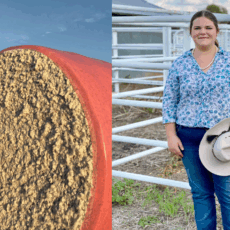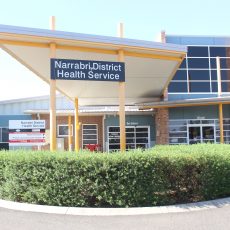The skills of Narrabri Fire and Rescue crew reached new heights recently, with crew members undertaking drone training.
Five firefighters were trained to use Remotely Piloted Aircraft Systems and have obtained their Commercial RPAS Pilots Licence through the Civil Aviation Safety Authority.
“One of the biggest things this can help with is searching for missing persons in bushland or water,” said Station Commander Shane Bradford, who also holds a pilot’s licence.
He said it was a good but challenging course.
“There is a lot of work and a lot of after-hours studying for the course – it’s very intensive training and it’s a pass/fail qualification.
“You’re really learning similar skills to if you were learning to fly an aeroplane – all the flight rules, all those basic principles.”
Impressively, five out of five of the Narrabri Fire and Rescue members passed the course.
“Training such as this covers a large area of expertise around the safe operation of aircraft in various types of air space as well as operations around aircraft communication using airband VHF radios,” added Capt Bradford.
“Firefighters were also required to undertake knowledge-based assessments around meteorology, aerodynamics, aircraft chart analysis and five-plus hours of practical flight time behind the controls of various machines up to the 25-kilogram operating class.”
Capt Bradford said Narrabri and surrounding areas will see a major boost in operational capability when it comes to the use of RPAS at both major and minor incidents such as flood rescues and bushfires.
“With the ability to interchange the traditional high-resolution camera with a thermal camera, RPAS will prove to be a game-changer when attending incidents such as fires as well as incidents involving hazardous materials, search and rescue or rapid damage assessments.
“The ability to live stream ‘birds-eye view’ images and video back to the incident commander and our communication centres in Newcastle and Sydney increases situational analysis and operational support at major incidents where specialist information may be required.”
Capt Bradford said the crew’s efficiency will also be improved greatly and they should be able to use the aircraft’s camera to assist with assessing and monitoring chemicals at an incident rather than sending two firefighters into a scene dressed in protective suits and breathing apparatus and having another two on standby.
“We’ll also be called upon to back up other stations from Moree to out west and to help other agencies in the community.
“The RPAS is due to be installed at our station at the end of April after our five new pilots complete some further training and receive their endorsements for ‘night flight’.
“We’d like to say a massive thank you to Craig and the team at Aviaassist Training for spending the week delivering this course.”
To order photos from this page click here









